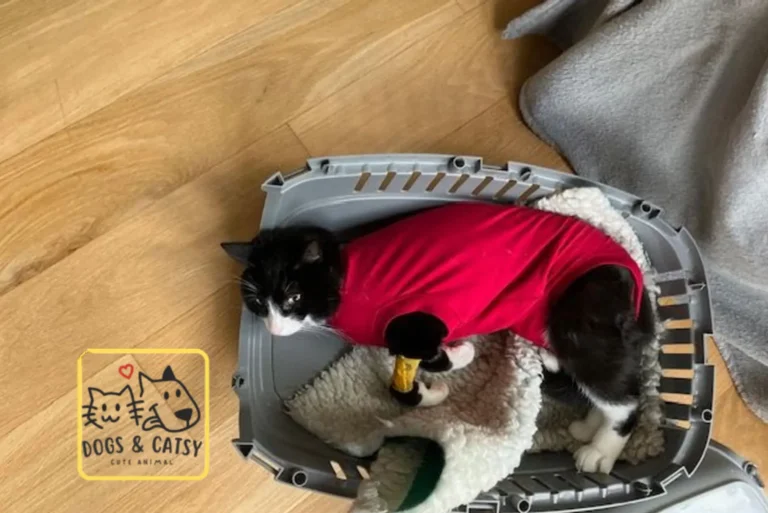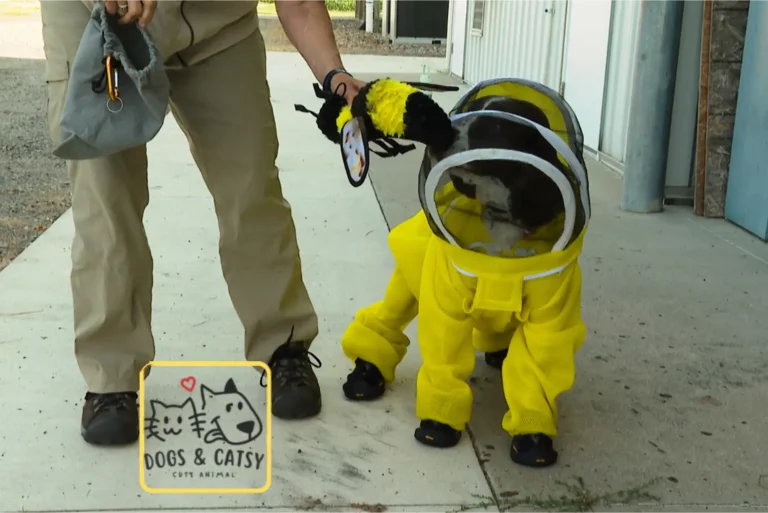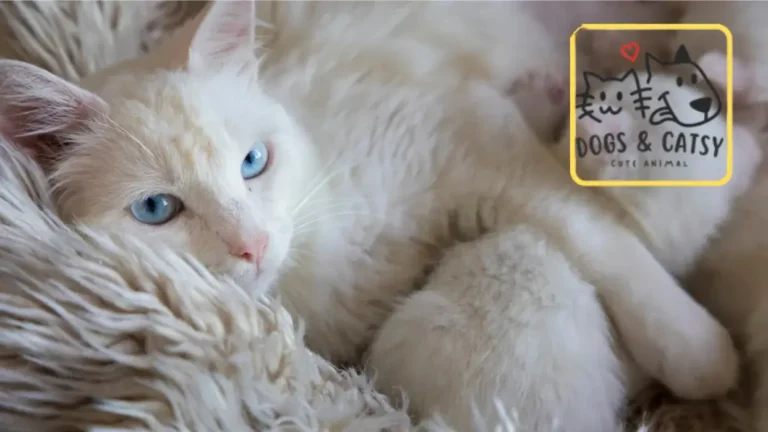Salty Licorice Cats! Know the Difference in Breed and Sweet

Salty Licorice Cats, a rare cat breed, are known for their distinctive grey coats and robust health, making them cherished pets among cat enthusiasts. In the culinary world, salty licorice cats refer to a unique confection that combines the bold flavors of salt and black licorice, shaped into playful cat-like figures that are both a visual treat and a taste adventure. While the breed offers companionship and the candy provides a quirky snack, each holds a special place in their respective realms.
Salty Licorice Cats
In the quaint village of Petäjävesi, Finland, a unique breed of cats known as “salty licorice” cats or “salmiak cats” captures the imagination of geneticists and cat enthusiasts alike.
These cats are distinct for their black fur with flecks of white and an ombré pattern that transitions to solid white on their neck, chest, belly, and paws.
Researchers at the University of Helsinki embarked on a genetic exploration to uncover the secret behind these cats’ unique fur patterns.
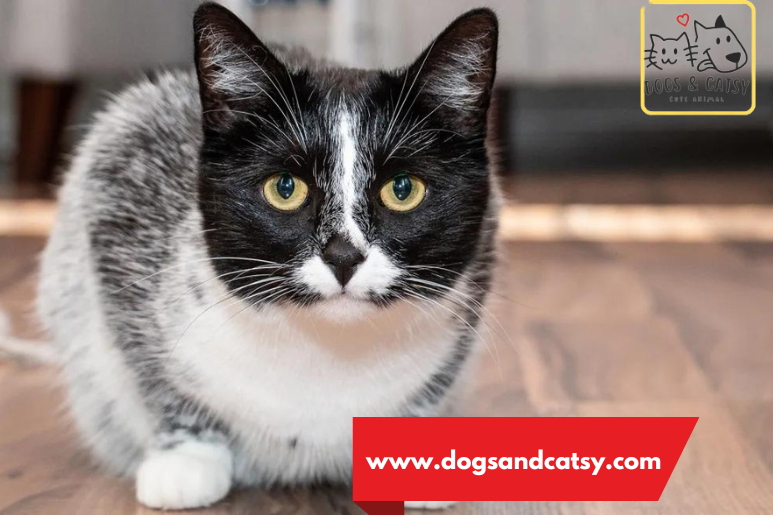
Their study, published in the journal Animal Genetics, reveals a novel gene mutation in the KIT gene. This gene typically affects not only fur color but also plays a crucial role in the function of red blood cells and reproductive cells.
Also read: Long Nose Cat Secrets
The Dangers of Licorice to Feline Health
While the mystery of the salmiak cats’ genetics fascinates many, pet owners need to be aware of the dangers certain human foods pose to cats.
Licorice, for example, contains glycyrrhizin, which can disrupt a cat’s normal potassium and sodium levels, leading to potential heart issues and more. Cats that ingest licorice may experience health issues that could lead to serious complications, including increased blood pressure and heart problems.
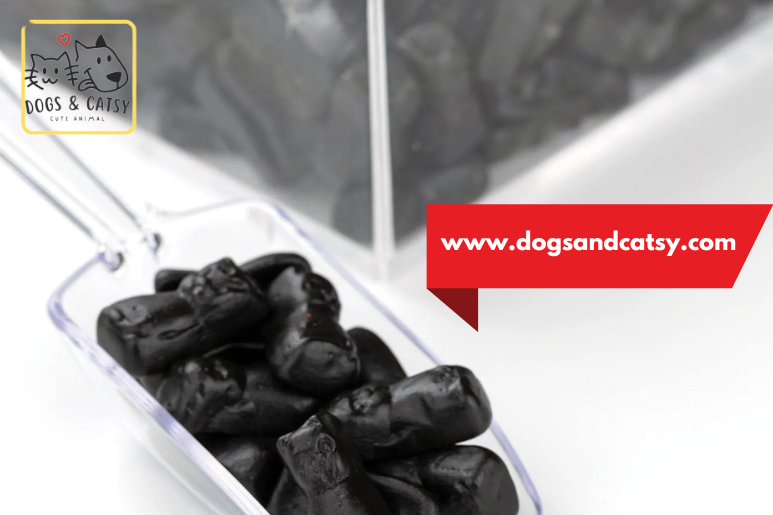
Candy Conundrums: What Not to Feed Your Feline
Pet owners must understand which snacks are safe for their pets. For instance, Twizzlers and other candies high in sugar and artificial ingredients can cause health problems such as diabetes and liver issues in cats.
Pet owners should keep such treats well out of reach of their pets to prevent accidental ingestion.
Also Read: Black Cat with White Chest Speciality Revealed
From Genetic Discoveries to Designer Breeds: What’s Next for Salmiak Cats?
As genetic research continues to unveil more about what makes the salmiak cats so unique, there is potential for these cats to become a designer breed.
However, any breeding program must prioritize the health and well-being of the cats, ensuring that the salmiak trait is preserved without compromising the animals’ health.
Conclusion: Appreciating Nature’s Designs
Both Salty Licorice Cats, as a breed and as a sweet dish, offer distinct pleasures that enrich the lives of those who appreciate them. The breed provides companionship and unique beauty, while the candy offers a surprising taste experience that challenges conventional flavor profiles. Together, they demonstrate the delightful diversity found in both the animal and culinary worlds.
Also Read: Black Cat with Orange Eyes Magic Revealed
Frequently Asked Questions (FAQs)
What exactly are salty licorice cats?
Salty licorice cats, or salmiak cats, have a unique fur pattern characterized by a black base with white flecks that transition to white on their lower body, resembling a tuxedo pattern. This coloring is due to a specific gene mutation unique to these cats.
Why is licorice harmful to cats?
Licorice contains glycyrrhizin, which disrupts sodium and potassium balance in cats, leading to potential health issues such as increased blood pressure and even heart problems.
Can cats eat any candy?
It’s best to avoid feeding cats any candy, especially those containing high sugar, xylitol, or artificial ingredients, as these can lead to serious health issues, including diabetes and liver disease.
Could the salty licorice cats become a new designer breed?
While there’s potential for salty licorice cats to become a designer breed due to their unique appearance, breeders need to consider the genetic health and well-being of the cats when developing such a breed.


